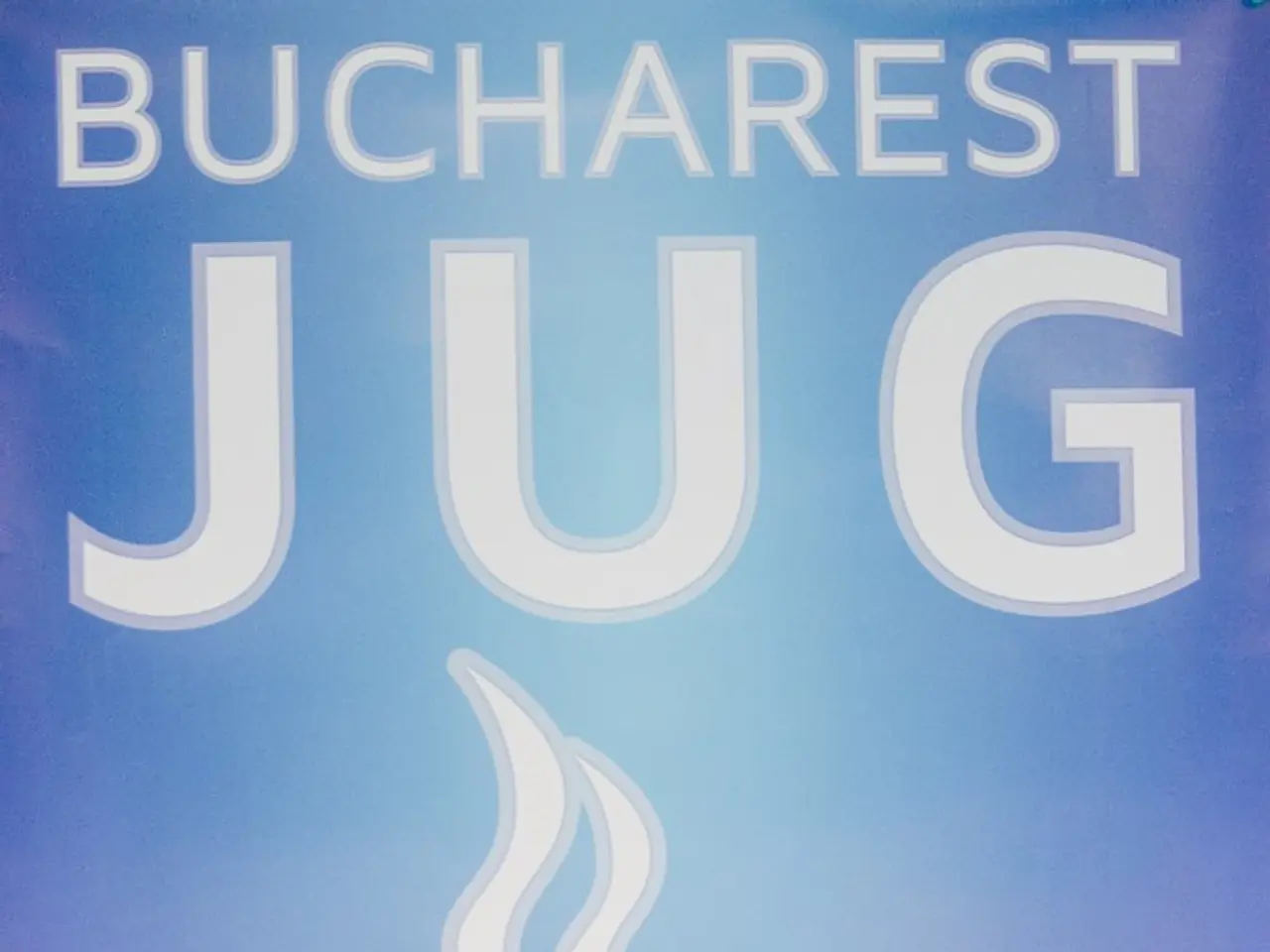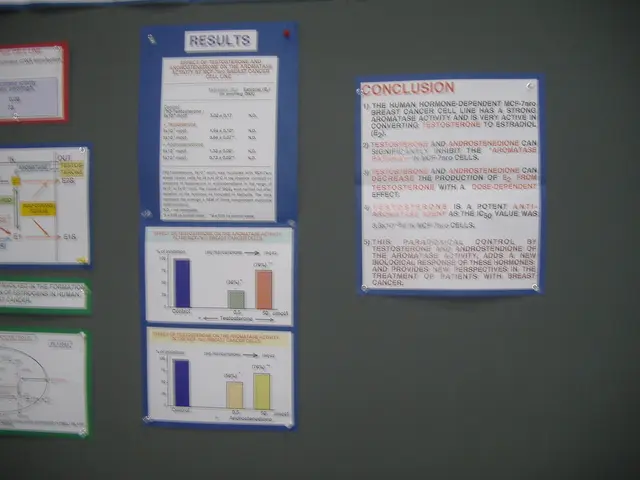Weekly Roundup: Leading Private Equity Fundraising Stories
In the current market, private equity funds are adapting to meet the growing demand for liquidity from institutional and high-net-worth investors. This shift is particularly evident in the trend towards secondary market solutions and alternative exit structures.
The Corsair Riva, L.P., a continuation fund, is one example of this evolution. Structured to offer existing investors optional liquidity while retaining ownership of three strategically positioned portfolio companies, the fund is part of Corsair Capital's strategy to meet the increasing demand for distributions.
Similarly, Corsair has closed a $600m continuation vehicle and secondary fund, demonstrating the growing importance of secondary transactions in the private equity landscape.
Another noteworthy development is the introduction of the North Haven Private Assets Fund by Morgan Stanley Investment Management. This evergreen private equity fund, the first of its kind for the firm, is structured for individual investors seeking private equity exposure with enhanced liquidity.
The North Haven Private Assets Fund focuses on co-investments and secondaries in the lower middle market, providing high-net-worth investors with institutional-quality access to private equity strategies.
Meanwhile, Mérieux Equity Partners has reached the first close of its €150m Mérieux Innovation 2 (MI2) fund. The fund, which focuses on providing equity and equity-related capital to small and medium-sized enterprises across Southeast Europe, has already secured nearly 50% of its target. The first deployment for MI2 was a €6m investment in Spanish diagnostics firm deepull.
The private equity secondaries market has seen significant growth in recent years. In 2024, secondary transaction volumes hit record highs and have continued to expand strongly in 2025, serving as a vital mechanism to deliver liquidity. This market growth reflects maturation and growing strategic importance rather than a peak.
Besides secondaries, techniques such as minority stake sales and dividend recapitalizations have helped raise over $400 billion recently, compensating for the lackluster primary exit environment and record-long hold periods (averaging around a decade).
The European Bank for Reconstruction and Development (EBRD) is considering a €25m equity investment in Provectus SEE Fund II, a €200m private equity vehicle managed by Croatian firm Provectus Capital Partners (PCP). If confirmed, this investment would further underscore the trend towards alternative liquidity channels.
Despite slower exit activity generally, distributions from current income continue, with infrastructure and energy sectors showing resilience and attracting renewed investor capital, indirectly supporting liquidity needs.
In summary, private equity funds are increasingly leveraging the secondary market and innovative payout or financing strategies to provide liquidity to institutional and high-net-worth investors amid extended holding periods and sluggish traditional exits in 2025. This trend reflects both strong investor demand for liquidity and managers’ adaptation to market conditions.
[1] Private Equity International. (2025). Secondaries market hits record highs in 2024. Retrieved from link
[2] Preqin. (2025). Private Equity Secondaries Market. Retrieved from link
[3] McKinsey & Company. (2025). Private equity secondaries: Navigating the new normal. Retrieved from link
[4] Bain & Company. (2025). Evergreen and continuous liquidity models in private equity. Retrieved from link
[5] PwC. (2025). Private equity market outlook: Navigating the new normal. Retrieved from link
- Private equity funds, like Corsair Capital's Corsair Riva, L.P., are evolving to accommodate the rising demand for liquidity, either through continuation funds offering optional liquidity or evergreen private equity funds designed for individual investors.
- Secondary transactions, such as those executed by Corsair Capital and Morgan Stanley Investment Management, are becoming increasingly essential in the private equity landscape, serving as a crucial mechanism for delivering liquidity.
- The North Haven Private Assets Fund by Morgan Stanley Investment Management focuses on co-investments and secondaries, offering lower-middle market companies and high-net-worth investors access to private equity strategies with enhanced liquidity.
- Mérieux Equity Partners' Mérieux Innovation 2 (MI2) fund, which focuses on equity and equity-related capital for small and medium-sized enterprises, has already secured nearly 50% of its target and fosters alternative liquidity channels.
- Techniques like minority stake sales, dividend recapitalizations, and co-investments have generated over $400 billion in recent years, providing an alternative to the lackluster primary exit environment and record-long hold periods.
- The European Bank for Reconstruction and Development (EBRD) is exploring a €25m equity investment in Provectus SEE Fund II, a €200m private equity vehicle managed by Croatian firm Provectus Capital Partners (PCP), further highlighting the trend towards alternative liquidity channels.
- Infrastructure and energy sectors show resilience and attract renewed investor capital, indirectly helping meet the requirements for liquidity amid extended holding periods and sluggish traditional exits.




